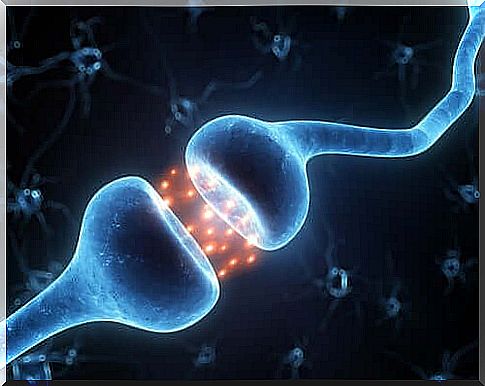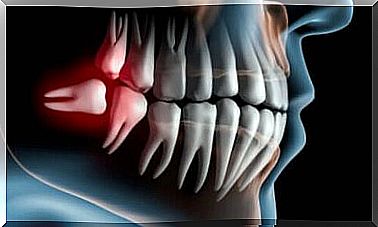The Four Types Of Multiple Sclerosis

The four types of multiple sclerosis are all potentially degrading and unfortunately not always easy to identify or distinguish from each other.
This is a chronic pathology that has no cure. For this reason, receiving this diagnosis is the kind of bad news that leaves many patients and their families devoid of hope.
There will be a delay in appropriate treatment if the professional treatment team is unable to determine the specific type of a given patient.
As a neurological pathology, it turns out to be a fairly common cause of disability. This is because it tends to affect young adults – under 40 in general. These patients end up having to give up their studies and jobs most of the time.
All types of multiple sclerosis are of an autoimmune nature – that is, the body attacks itself. It does this by generating antibodies that destroy myelin, a substance that covers the nerves. Thanks to myelin, the transmission of nerve impulses occurs. The destruction of this feature damages neural connections.
Symptoms of multiple sclerosis
Almost all types of multiple sclerosis share symptoms. What usually varies is the development of the disease over time.
The main signs of the disease appear in the locomotor system. The patient begins to feel weakness in the limbs, it becomes more difficult to walk and they lose balance. The arms also weaken, and they can suddenly let go of what they are holding in their hands.
Seizures are frequent symptoms, accompanied by pain in the muscles that contract involuntarily. A person with this condition tries to relax in the contraction area, but they have no control over it.
Along with the cramps, tremors and spasms occur in the affected muscles. Needless to say, this makes it difficult for them to carry out their daily activities, which affects their quality of life.
The digestive system is another affected area. The different types of multiple sclerosis lead to constipation and urinary retention. This happens because the nerves that have to carry the information about the peristaltic movement have no myelin.
Finally, it affects other organs, such as the eyes. Some patients experience double vision before later suffering from cramps and weak limbs. Along with double vision, rapid eye movements can also occur that the patient cannot control.

The types of multiple sclerosis
Diagnostic protocols for this disease indicate that there are four types of multiple sclerosis:
- RRMS ( relapsing remitting multiple sclerosis ). This name is due to the fact that it alternates between periods of acute outbreaks with many symptoms and others without signs of the disease. Thus, the outbreak is usually associated with a new neurological sector that is affected by myelin deficiency. This is also the most common of the four.
- SPMS (secondary progressive multiple sclerosis). This begins as RRMS, but develops into a type with constant symptoms and there are no rest periods. The term “secondary” refers to the phase change from RRMS to PSMS.
- PPMS (primary progressive multiple sclerosis). In these cases, there are almost no periods without symptoms and it starts gradually from zero, without developing from an RRMS variant. This is how it differs from the previous type.
- EMPR (Progressive – Relaxing MS). This is the least common type of multiple sclerosis. In addition, large eruptions are common in this category.

The four types of multiple sclerosis: Diagnosis and treatment
The international scientific community has agreed that the McDonald’s criteria are the standard for diagnosing all types of multiple sclerosis. As we mentioned above, one must also wait for evolution to know what type of multiple sclerosis a given patient has.
Furthermore, the treatments are the same for everyone. First, corticosteroids are used for acute outbreaks with signs of developing myelin loss. In addition, medications are prescribed that modify the development in interval periods.
Thus, physiotherapy is a crucial treatment along with medication. After all, there are different therapies that focus on the abilities that a patient loses. It requires intervention from physiotherapists, speech therapists and occupational therapists.
The different types of multiple sclerosis coincide in severity
This disease is serious despite its four manifestations. The development is chronic and progressive and leads to loss of motor functions over time. There is no cure for this, but great strides have been made in pharmacological control.









